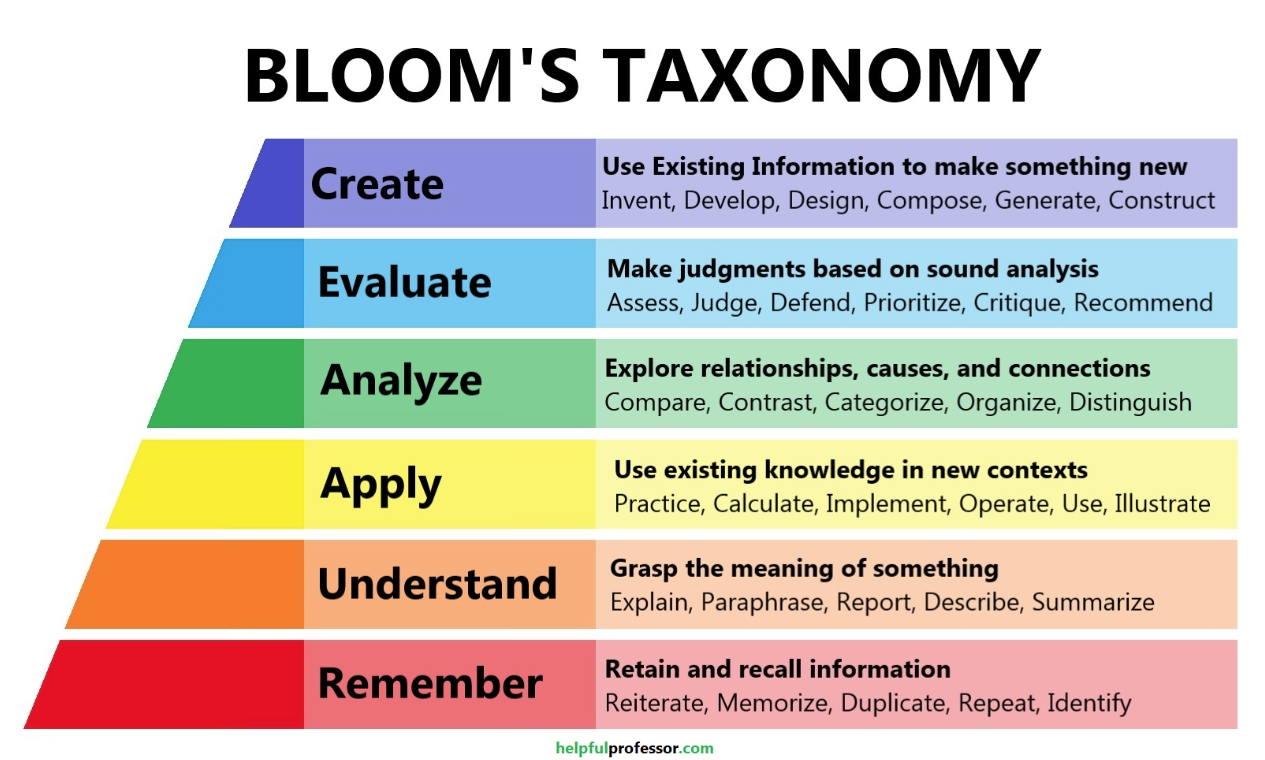Obviously, I Think So
Getting certified has done a lot for my career. That doesn’t mean that they are all equal. That is one of the biggest reasons why I made this site. Quality certifications can be easily confused with rather poor ones that exist mostly to rake in money from eager professionals.
“Just Do Projects”
There are many people out there who think that getting certified is a waste of time and money. They may say that it is better to spend our time working on projects instead of on certifications.
Certifications and projects do not have to be mutually exclusive. In fact, we should be working on projects in the cloud or a homelab to validate our skills. It doesn’t even need to be a fancy homelab! Even just VirtualBox on a laptop is enough to learn a ton about Linux, Docker, Kubernetes, and so on!
Every decent tech certification is focused on validating a deep understanding of something specific, such as a particular skill set. If we don’t know a lot about that skill set already, how will we know where to start? How will we know what is relevant to that skill set? Certification vendors offer course guides usually in some combination of text, video, and hands-on lab formats tailored to teaching that skill set. In short, they provide a helpful learning path for what we should focus on.
The most obvious benefit that certifications offer is that they validate the skills required for success. Take two nearly identical cybersecurity professionals applying for the same job, except one has a CISSP. Guess who has the immediate advantage?
That being said, certifications on their own are only valuable up until the technical interview. It is assumed that we actually know the things covered under the certifications listed on our resumes.
The Bottom Line
The goal should not be padding a resume with a ton of acronyms. The goal should be about achieving a high degree of mastery.
Allow me to talk about Dr. Benjamin Bloom and what I mean by a “high degree of mastery”. Dr. Bloom developed Bloom’s Taxonomy, which divides learning objectives into three domains. One of them is the cognitive domain, also known as the “knowledge-based” domain. It’s important to work through the levels of the cognitive domain as defined in Bloom’s taxonomy. It’s not enough to just remember and understand technical concepts. We need to be able to apply these concepts in unfamiliar situations.
So that is what this is all about. It is up to us to make the most of the learning journey.
